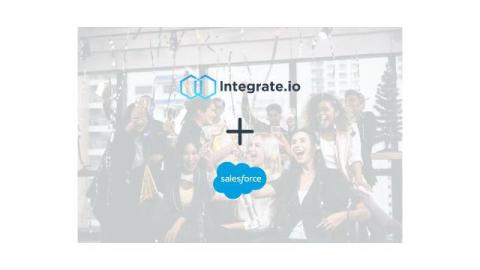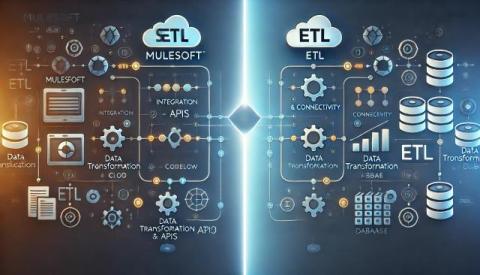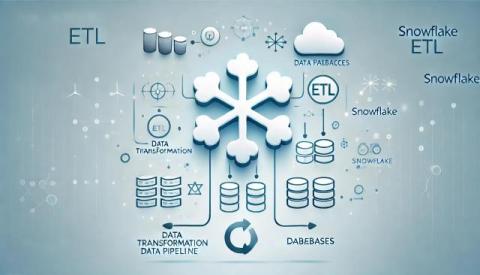Low-Code Data Integration for Enterprise Salesforce Architects
In large enterprises, Salesforce Architects play a critical role in ensuring data flows seamlessly into Salesforce from various sources. However, data integration in these complex environments can be challenging, particularly when technical tools like MuleSoft are already in place. While powerful, MuleSoft often requires heavy reliance on development teams, which slows down data projects and creates bottlenecks.





